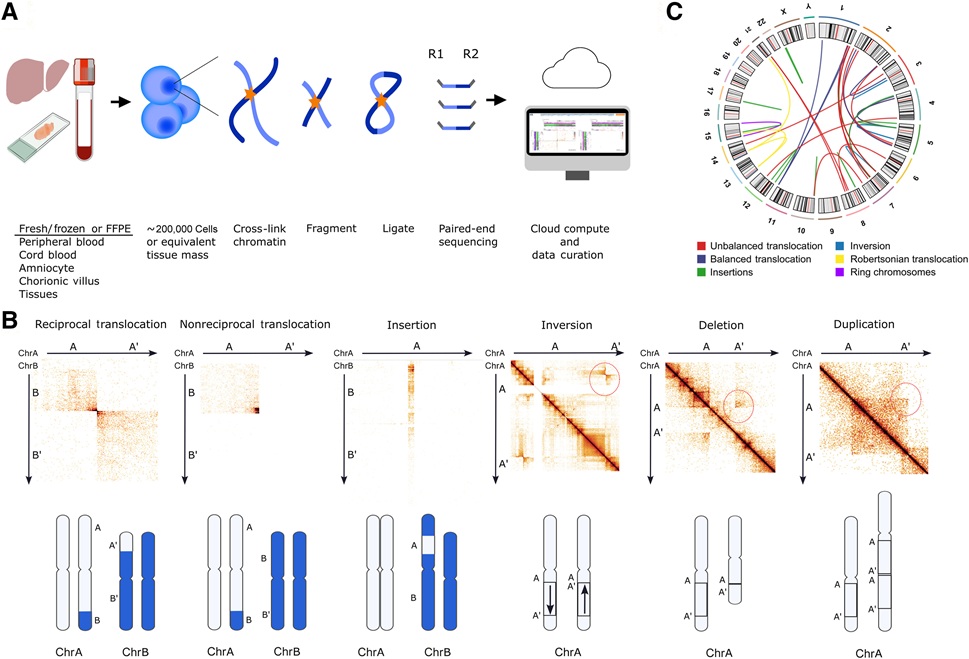New Biomarker Genes Enable Early Detection of Pancreatic Cancer
By LabMedica International staff writers
Posted on 04 Nov 2013
Results of a recent study pinpointed two methylated genes as potential biomarkers for the early detection of pancreatic cancer. Pancreatic cancer is the fourth leading cause of cancer deaths and there currently are no reliable methods for the early detection of this disease.Posted on 04 Nov 2013
In an effort to identify potential biomarkers for detection of pancreatic cancer, investigators at Johns Hopkins University (Baltimore, MD, USA) used a genome-wide pharmacologic transcriptome approach to identify novel cancer-specific DNA methylation alterations in pancreatic cancer cell lines. Of eight promising genes, they focused their studies on BNC1 (basonuclin 1) and ADAMTS1 (ADAM metallopeptidase with thrombospondin type 1 motif) for further downstream analysis including methylation and expression.
The protein encoded by the BNC1 gene is a zinc finger protein present in the basal cell layer of the epidermis and in hair follicles. It is also found in abundance in the germ cells of testis and ovary. This protein is thought to play a regulatory role in keratinocyte proliferation, and it may also be a regulator of rRNA transcription. The expression of the ASAMTS1 gene is associated with various inflammatory processes as well as muscle wasting in cancer. This gene is thought to be necessary for normal growth, fertility, and organ morphology and function.
The investigators employed a nanoparticle-enabled MOB (Methylation on Beads) technology to detect early stage pancreatic cancers by analyzing DNA methylation in patient serum. MOB is a new technique that integrates DNA extraction, bisulfite conversion, and PCR in a single tube via the use of silica superparamagnetic beads as a common DNA carrier for facilitating cell debris removal and buffer exchange throughout the entire process. In addition, PCR buffer is used to directly elute bisulfite-treated DNA from the magnetic beads for subsequent target amplifications.
Results yielded the two novel genes, BNC1 and ADAMTS1, which showed a high frequency of methylation in pancreas cancers. Using MOB technology, these alterations could be detected in serum samples taken from 42 pancreas cancer patients, with sensitivity for BNC1 of 79% and for ADAMTS1 of 48%, while specificity was 89% for BNC1 and 92% for ADAMTS1. Overall sensitivity using both markers was 81% and specificity was 85%.
“We have mammograms to screen for breast cancer and colonoscopies for colon cancer but we have had nothing to help us screen for pancreatic cancer,” said senior author Dr. Nita Ahuja, associate professor of surgery, oncology, and urology at Johns Hopkins University. “While far from perfect, we think we have found an early detection marker for pancreatic cancer that may allow us to locate and attack the disease at a much earlier stage than we usually do.”
The study was published in the October 2, 2013, online edition of the journal Clinical Cancer Research.
Related Links:
Johns Hopkins University














